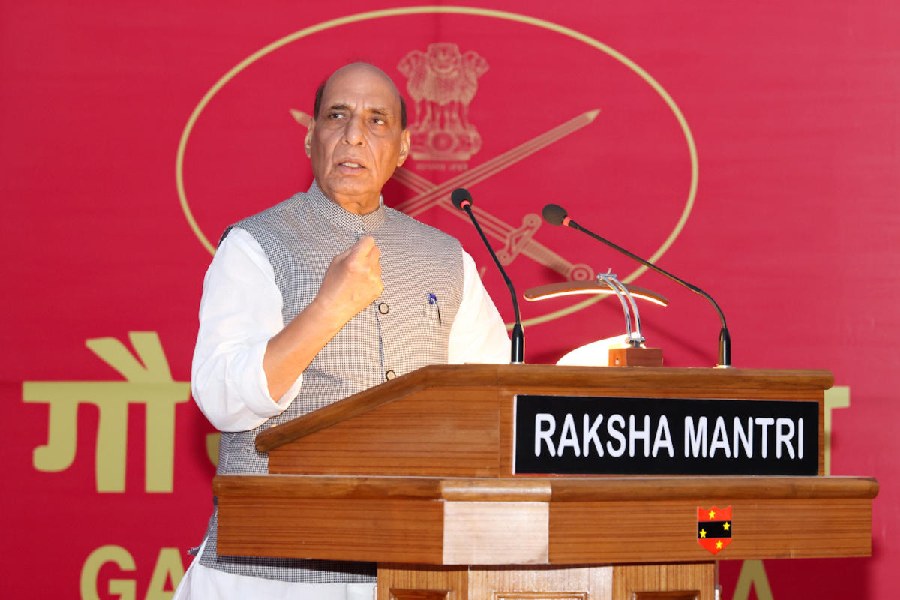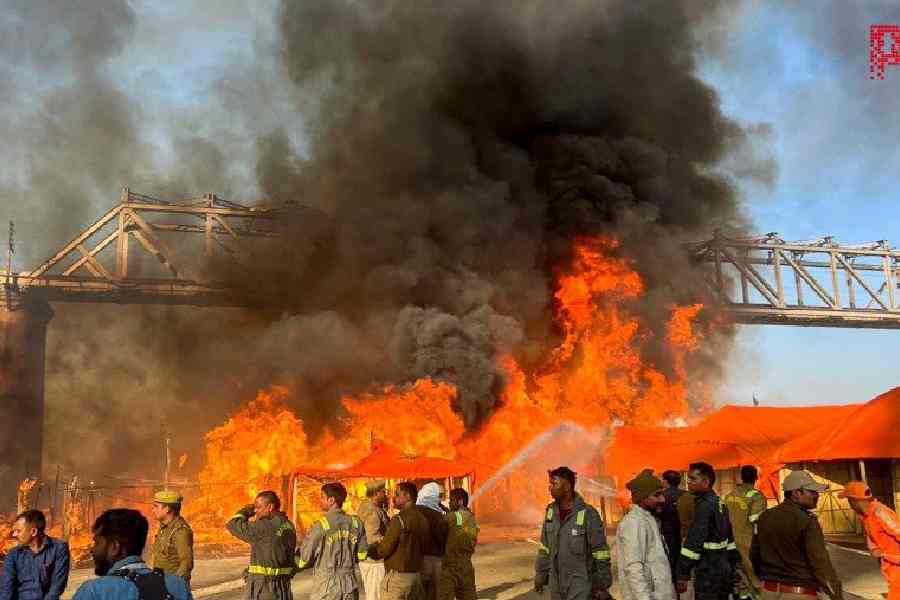The India Meteorological Department (IMD) on Friday started issuing heat index for different parts of the country on an experimental basis, taking into account the air temperature and relative humidity.
In addition to giving the day's minimum and maximum temperatures, the heat index, mainly for the plains, will give people "a sense of what the temperature actually feels like".
"We are utilising the temperature and humidity data at 2:30 pm for the heat index and the forecasts as the maximum temperature occurs at that time," IMD Director General Mrutyunjay Mohapatra said at a Media Workshop on Weather and Climate here.
Currently, the weather office uses a formula of the National Oceanic and Atmospheric Administration (NOAA) to calculate the heat index.
However, the heat index is yet to be validated for Indian conditions and uses the comfort levels of weather experienced by Americans in their regions.
"We have to work with the health ministry to validate the observations for Indian cities. For example, in India, 40 degrees Celsius temperature and 20 per cent relative humidity could be okay, but the same is intolerable for a person residing in the US," said M Ravichandran, Secretary, Ministry of Earth Sciences.
The heat index issued by the IMD on Friday carried a disclaimer stating "not validated for India", making it clear that it was an experimental forecast to educate people about the implications of heat on them.
Ravichandran said the index will be issued to make such data more accessible to the public for precautionary measures.
The heat index will be issued for the entire country every day in weather bulletins.
The weather office declares a heatwave when the maximum temperature crosses 40 degrees Celsius and is 4.5 degrees above normal for the day. A severe heatwave is declared when the temperature is above 40 degrees Celsius and 6.5 degrees above normal.
Except for the headline, this story has not been edited by The Telegraph Online staff and has been published from a syndicated feed.











